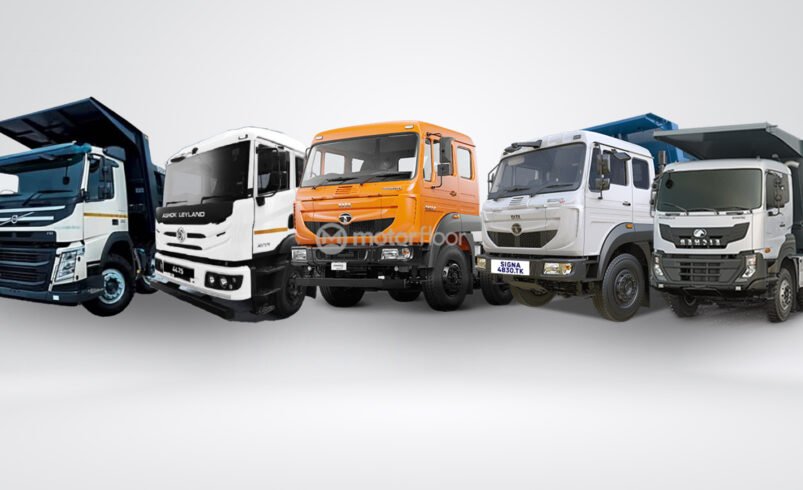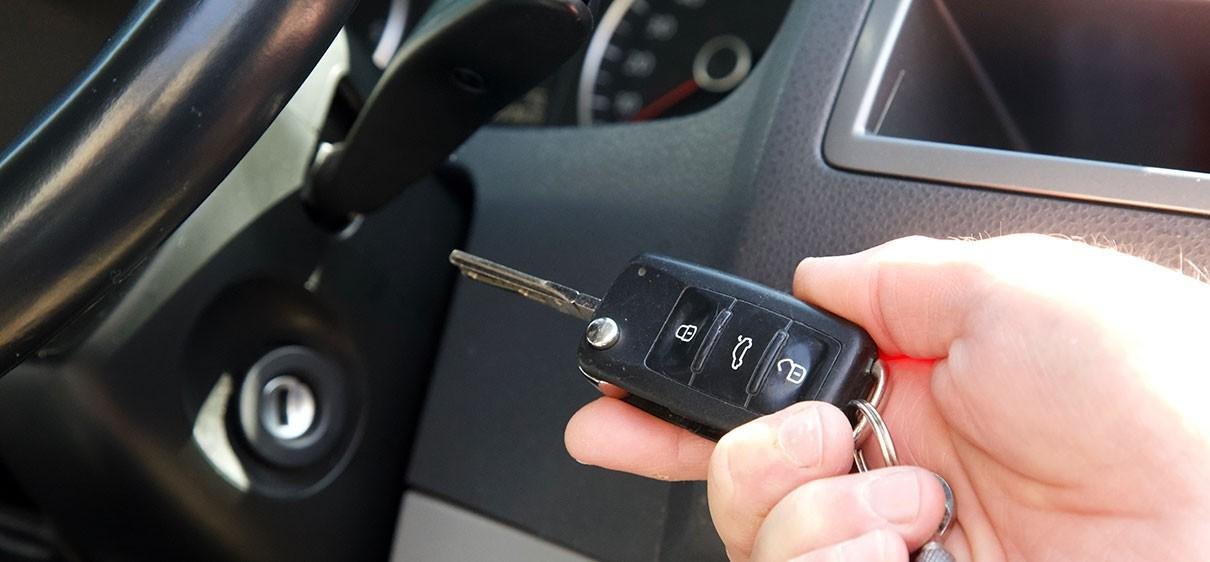Work Vehicles That Last: Upgrades That Matter

Work vans, pickups, and small trailers do a lot every day. They carry tools, parts, and parcels. They get wet, muddy, and scraped. Little problems turn into big ones fast if nothing stops them. Good upgrades fix the weak spots first. The aim is simple: safe footing, strong panels, fewer rattles, and faster clean-up.
Where wear and tear starts
Most damage shows up in the same places. Floor edges near the doors get smashed by trolley wheels and heavy boxes. Door sills chip and bend. Wheel arches take knocks from loose cargo. Smooth paint gets polished by boots until it feels slippery. Rain runs in and sits at low points, so rust and rot start there on older builds. Every stop, turn, and lift happens at these points, so they wear out long before the rest of the vehicle.
Knowing the weak zones helps plan the fixes. Focus on the first metre inside the doors, the ramp line, and any spot where loads swing or slide. If a part looks scraped every week, it needs a harder skin or a better shape.
Materials that handle real use
There are a few common choices. Plywood floors are cheap and easy to cut, but they soak up water and dent under point loads. Rubber mats grip well and absorb some shock, yet they can creep or curl at the edges unless fixed down. Paint with grit is quick to roll on, though it wears off in the busiest lanes.
Metal tread plate, often called chequer plate, brings a strong balance. The raised pattern helps shoes and wheels hold on. Aluminium versions are popular because they are light for their size and they don’t rust in normal use. Mild steel is tough but heavy and needs paint care to stop rust. Stainless steel stays bright but adds a lot of weight and cost, which small vans don’t need.
When planning a floor or wall skin, think about three things: grip, dent resistance, and clean-up. A surface that checks all three boxes turns daily jobs from stress to routine.
Plan the floor: grip, drainage, and noise
Start with a sketch of the load area. Note the door opening, wheel arches, tie-down points, and any steps up or down. Watch where water collects after rain or a wash. Try to place sheets so water can still run to the door and out, not get trapped under the panels. Fewer seams is better. One big sheet is cleaner than three strips that might lift at the edges.
Thickness matters. Thin sheets suit foot traffic and light loads. Mid thickness handles trolleys and tool chests. Thicker sheets spread weight over soft bases and stop flex. On timber, a firm rubber underlay under metal can quiet road noise and remove tiny waves, but avoid soft foam that collapses.
If sizing and budget are still fuzzy, it helps to compare options by quickly checking durable aluminium for van lining and protection. Laying out sizes and thicknesses side by side sets expectations before any cuts begin.
Van lining step by step
A clean fit beats fancy gear. The steps below keep it simple and tidy.
- Measure twice. Write down width, depth, and height at several points. Vans are rarely perfect rectangles.
- Mark cut lines on the sheet with a straight edge. Support the offcut so the plate doesn’t bend during the cut.
- Cut with a fine-tooth blade in slow passes. Keep hands clear of the path.
- Deburr the edges with a file. Sharp burrs slice boots and catch on cables.
- Dry-fit the panel in the van. Check door swings and clearances.
- Seal the base if it’s timber. A thin bead keeps water out of the grain.
- Fix the plate down. Use countersunk screws on a set pattern. On concrete or thick board, use plugs where needed. On steel ribs, self-tapping screws work well.
- Finish the edges. Add trims or stair nosings so there’s nothing to hook on.
- Leave a narrow gap at the walls for heat movement. Fill with flexible sealant.
These small details cut rattles, stop dirt creeping under panels, and make the whole setup feel solid.
Protect the high-impact spots
Wheel arches take hits first. Curved skins made from thinner plate can wrap around the arch and spread the force of a box corner. Sills and thresholds benefit from a straight strip of tread plate that covers the exact landing zone. It protects paint and gives a grippy step edge.
Door cards and lower wall panels often get scuffed by tool bags and carts. A half-height metal panel stops the scrapes and wipes clean. On sliding doors, a slim strip along the bottom edge blocks chips from gravel flicked up by tyres.
Bulkheads also deserve attention. A flat kick plate where cargo leans or bumps will save dents and keep paint intact. It also makes cleaning faster. One wipe and it’s done.
Tie-downs and storage that keep cargo steady
Strong surfaces help, but cargo still needs to stay put. L-track or airline rail gives flexible tie-down points along the floor and walls. Flush-mount rings keep the surface flat when not in use. Space them so a strap can run at a clean angle across common load sizes. If shelves or bins are installed, anchor them through the liner into ribs or backing plates, not just the thin skin. A few spreader washers behind the panel make a big difference.
For small parts, a simple kick rail along the floor edge stops boxes from rubbing the door seal. A rubber edge trim on sharp metal corners keeps hands safe and stops straps wearing through.
Care that keeps grip and shine
Grit and dust act like tiny marbles on any hard floor. Sweep or vacuum first, then mop with warm water and a mild detergent. Rinse and let it dry with doors open. Oil spills lift with a basic degreaser; rinse after to avoid a slick film. In winter, try to avoid strong rock salt on bare metal. Use a gentler de-icer and rinse later.
Check screws and trims every few months. If a plate starts to polish in one landing area, stick a short anti-slip strip right where boots hit. Replace when worn. The metal keeps doing the heavy work; the tape takes the scuffs.
Time and weight: what to expect
Upgrades don’t have to steal days. A threshold strip can be measured, cut, and fitted in an afternoon. A full van floor takes longer due to size and fixings, but the steps are the same. Planning saves the most time: measure carefully and choose the largest panels that fit through the doors to cut down on seams.
Weight matters for payload. Aluminium saves kilos compared to steel. That means more tools or parcels without tipping over the limit. It also keeps fuel use sensible on long days.
Safety details that pay off
Small cues help tired eyes. A narrow paint line before a step tells the brain there’s a drop. Bright stair nosings on rear steps help in low light. Drain paths near doors keep puddles from hanging around, which protects boots and helps tyres grab the surface. None of these changes are flashy. They just stop small slips and bumps from turning into injuries or repair bills.
When to go bigger
Some jobs need more than surface skins. If the existing floor is soft, add a new board layer before the metal. If loads are very heavy, reinforce under fixing points with plates or backing bars so screws cannot pull through. If acids or harsh chemicals are common, check material data sheets and pick finishes that handle those spills.
For fleets, make a simple template. Write down the panel sizes, screw spacing, and part numbers for trims. The second van goes twice as fast as the first when the plan is clear.
Key takeaways
Start with the areas that fail first: the first metre inside the doors, the sills, and the wheel arches. Choose surfaces that add grip, spread force, and clean fast. Measure carefully, use fewer seams, and finish edges so nothing snags. Keep grit off the floor and check fixings now and then. Small upgrades done well make a van, pickup, or trailer work harder for longer. Pick one fix, do it neatly, and the next upgrade will be even easier.






